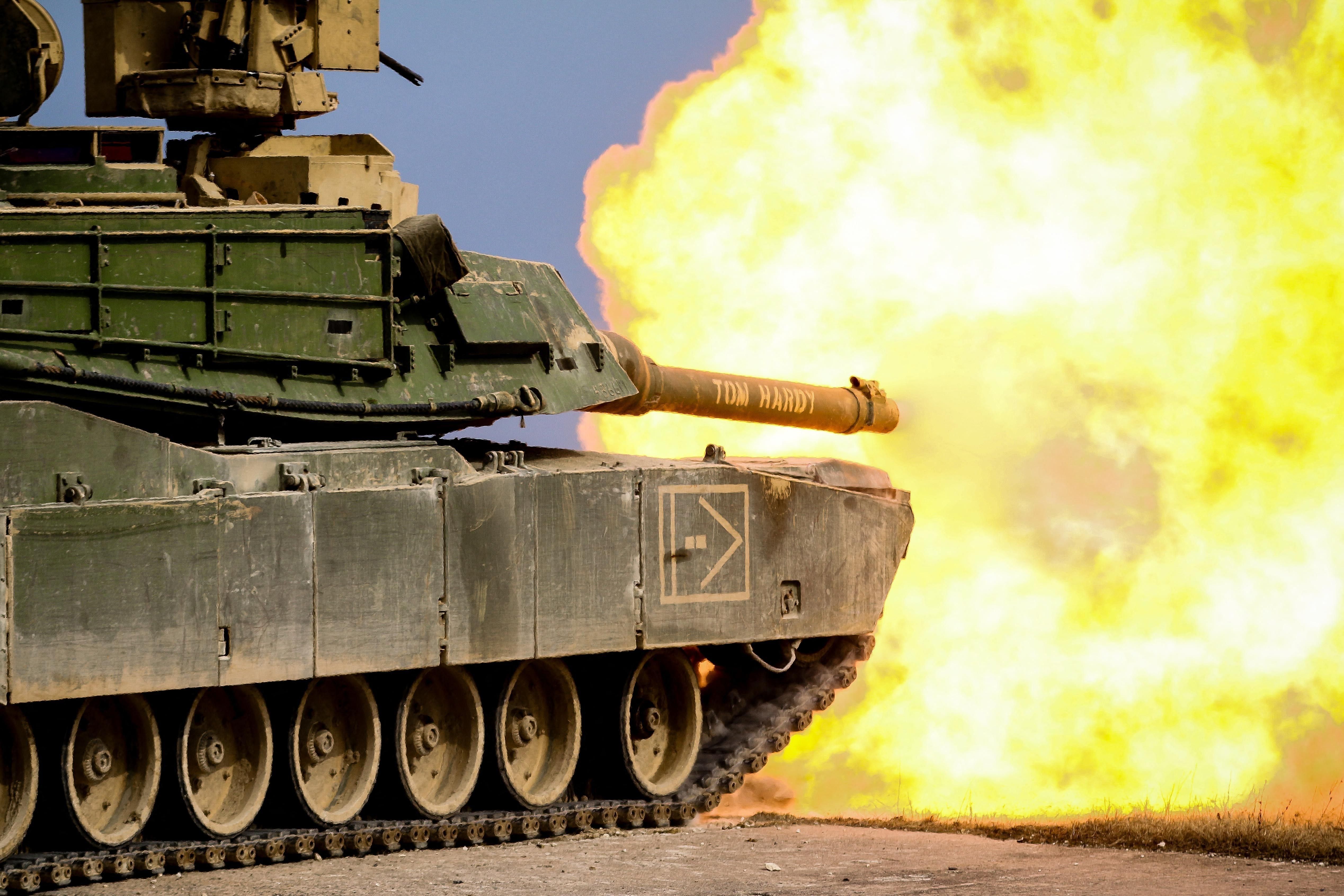German Chancellor Olaf Scholz announced on Wednesday that Germany will (finally!) send Leopard 2 battle tanks to Ukraine.
It certainly took him a while, but after some mixed signals, Scholz ultimately caved to strong pressure from a group of NATO countries led by Poland to supply Kyiv with these German-made tanks to fight Russia. Berlin had so far resisted doing this — partly due to German resistance to poking the Russian bear and partly because Scholz likely wanted the US to take the first step by giving Ukraine its own Abrams tanks, which might also happen later this week.
How soon will tanks have an impact? Two tank battalions with roughly 80 Leopard 2 tanks will soon be deployed to Ukraine, Germany said. Training Ukrainian soldiers on how to use them will also “begin quickly” in Germany. But the delivery of and training on the Abrams is another story.
Any US tank shipments will likely not arrive before spring. The Ukrainian military doesn't know how to operate the Abrams tanks, and training takes an average of 22 weeks. Second, their supply lines for maintenance and spare parts can easily be cut off by the Russians. Finally, Abrams are fuel guzzlers — and many have pointed to the fuel expense as a reason not to employ Abrams in Ukraine. Defense analyst Nicholas Drummond points out, however, that they can run on any type of fuel, "even Chanel No. 5 if you can afford it."
Some US lawmakers have been pushing for the delivery of Abrams despite concerns by critics of the machinery being less versatile than Leopards. But some analysts believe both types of tanks will be needed to help Ukraine win the war. Whatever the make and model, sending tanks to Ukraine signals that the West is now willing to cross what was long considered a red line.
How does the General Dynamics-made Abrams stack up against Russia's T-14 Armata tank? The short answer is that no one knows because they were not designed to battle each other, but most military experts agree that while the Armata has better arms, the latest Abrams has superior mobility. The Leopard 2s, meanwhile, are considered quick and easy to use.
The tank U-turn has big implications for major players in the war. Who's happy? Ukraine, which for months has been begging its Western allies for heavily armored vehicles. Who's less happy? To a certain extent, Washington and Berlin, both wary of Russia escalating in response. And who's not happy at all? Russia, for whom the war just got even harder.